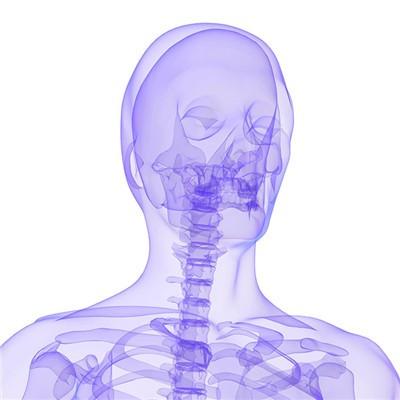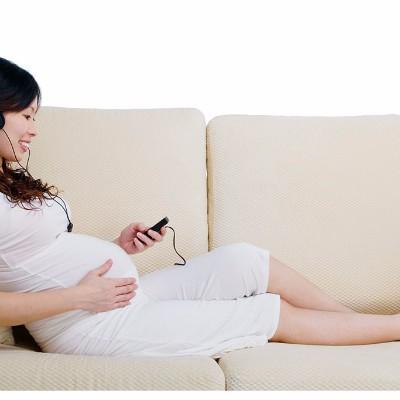What are the symptoms of pelvic pain?
summary
The pelvis of the human body is composed of sacrum, tailbone and left and right hips. The pelvic bones are connected by the pubic symphysis in front of the pelvis and the sacroiliac joint, sacrococcygeal joint, two pairs of sacral tuberosity ligaments and sacrospinal ligaments in the back. The pelvis, which is closely surrounded by several bones, functions like a bone. In women who are not pregnant, the pelvic joints are inactive, so there is no pain. What are the symptoms of pelvic pain.
What are the symptoms of pelvic pain?
The pelvis of the human body is composed of sacrum, tailbone and left and right hips. The pelvic bones are connected by the pubic symphysis in front of the pelvis and the sacroiliac joint, sacrococcygeal joint, two pairs of sacral tuberosity ligaments and sacrospinal ligaments in the back.

The pelvis, which is closely surrounded by several bones, functions like a bone. In women who are not pregnant, the pelvic joints are inactive, so there is no pain. Once a woman is about 10 weeks pregnant, the ovary secretes a substance called relaxin. Relaxin makes the fibrocartilage and ligaments of sacroiliac joint and pubic symphysis become loose and soft, and sacroiliac joint and pubic symphysis become wider and more active.

In late pregnancy, the pubic symphysis widens by 0.3-0.4 cm on average, and the sacrococcygeal joint moves back up to 2 cm, so as to facilitate the fetus to pass through the bone birth canal during delivery. However, if the ligaments are too loose, the pubic symphysis will be separated, the sacrum can not fix the left and right iliac bones, and the pelvis lacks stability. When pregnant women walk, sit, go up and down stairs, and turn over, the pelvic bones will move individually, pulling the fibrocartilage and ligaments between the pubis, thus causing pain in the pubis and sacroiliac joint, Severe pain can also radiate to the thigh root or perineum, and even cause difficulty in movement of pregnant women.

matters needing attention
1. When standing, tilt the pelvis later, lift the upper part of the body, and drop the shoulders back slightly to avoid standing for a long time. 2. When sitting, the back of the chair should be comfortable and the upper body should be straight. Don't sit on the bench for a long time. 3. When walking, relax all over the body and don't wear high-heeled shoes. 4. Sleep in a curled side position, with the pillow under the knee joint when lying on the back. 5. If the pregnant mother's daily standing time is 4-5 hours, and the waist and basin pain is unbearable, you might as well use the belt during the day, which may play a very good effect.















